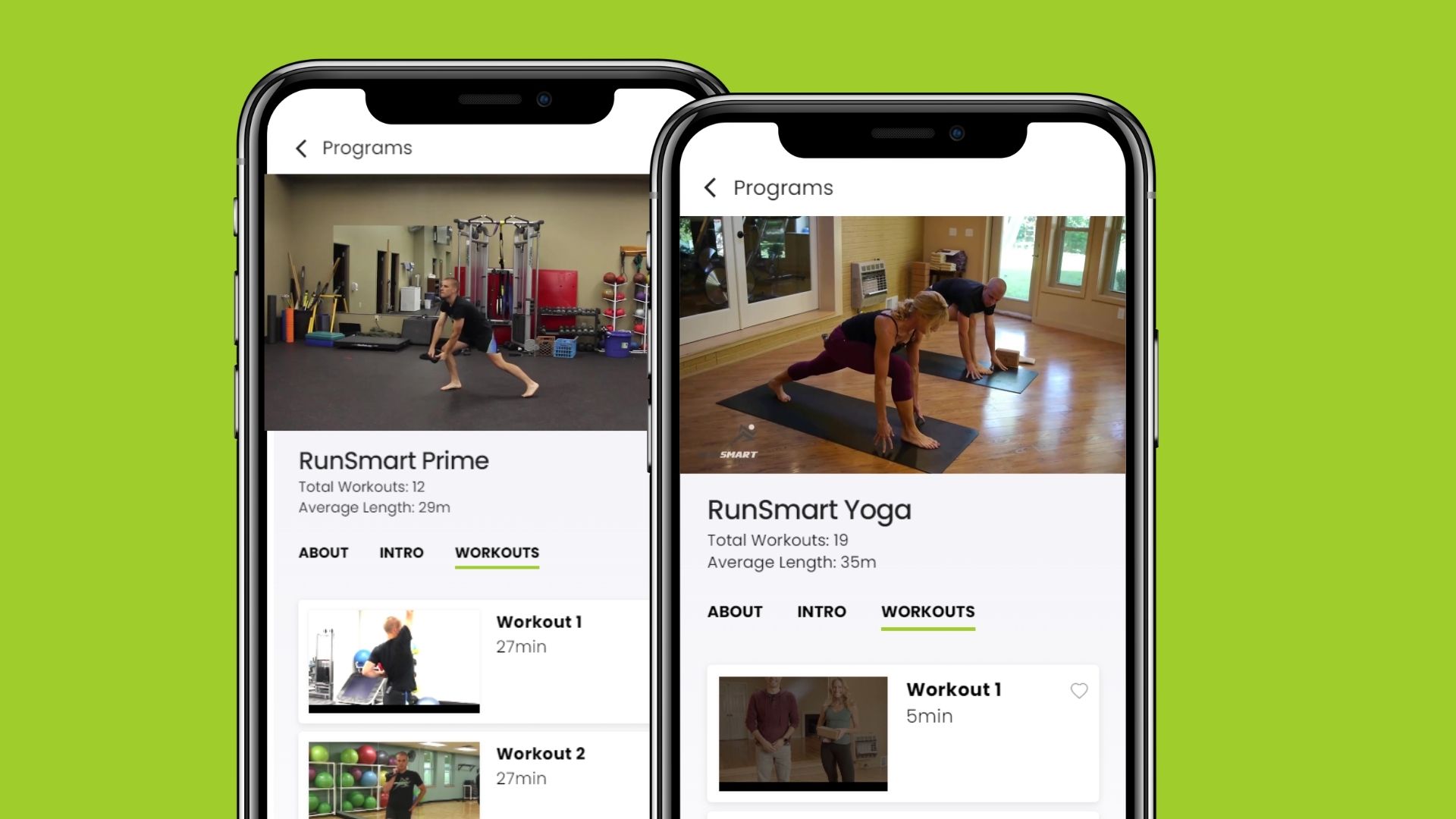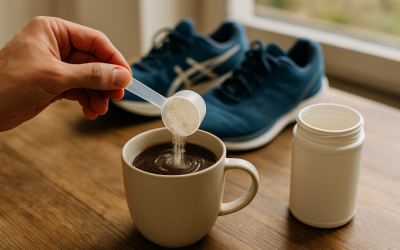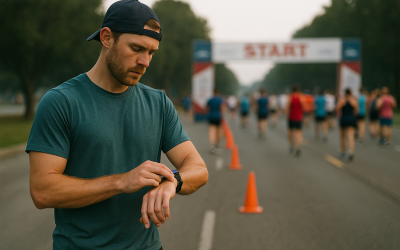If you’re tackling a half or full marathon, you probably have a training plan that looks something like this:
Sunday: Easy Run
Tuesday: Speed
Thursday: Base Run
Saturday: Long Run
…and repeat. It’s simple but also a setup for what I like to call the “lever trap.”
As a Physical Therapist, I see runners always fall into this trap. Here’s the deal: runners tend to pull on two “levers” in their training—distance and speed—simultaneously. They ramp up mileage, thinking it’ll prepare them for the long haul, but also add intense speed workouts early on. Mixing high mileage with hard speed work is often a one-way ticket to burnout, injury, and missed goals.
But there’s a better way—a smarter way—to train for those longer races. Let’s break it down.
Step One: Build Your Mileage Base
The foundation of any good half or full marathon training plan is mileage (km). In the early stages, focus on building up your running volume. Increase your long runs and overall mileage gradually, allowing your body to adjust to the extra demand. Think of this as your “building phase,” giving your body a solid base to handle the tougher workouts later.
Step Two: Start with Longer, Steady Speed Workouts
With a good mileage base under your belt, it’s time to introduce some, typically when eight weeks out from race day. Start with longer, steadier speed sessions like tempo runs, which train your body to maintain a faster pace over extended periods. These workouts build endurance and help you adjust to a higher effort without burning your muscles and joints. Avoid explosive, short intervals at this stage—those can wait for later. You reinforce your endurance without overwhelming your body by easing into speed work.
Step Three: Short, Intense Workouts Near the Finish Line
As you approach the last 4 weeks before race day, now’s the time to turn up the intensity with shorter, sharper speed sessions. These focused intervals (like track workouts or fartlek sessions) will help build power, enhance your stride, and get you race-ready. For a full marathon, focus on longer intervals in this final stretch, while half marathoners can mix in shorter bursts of speed to sharpen up.
The key here is balance—just enough speed to push your limits but with recovery in between to ensure you’re not running on empty.
Mobility and Strength Work: Essential for Longevity
While mileage and speed are critical, you won’t go far without mobility and strength training. These two components are essential for building resilience, improving recovery, and keeping injuries at bay. At RunSmart, we design training plans that weave in strength and yoga sessions to support your running. These workouts target key muscle groups and help you build a strong foundation to handle the rigors of marathon training.
As race day approaches, start dialing back the strength sessions—especially in the last 10 days before your race. Shift your focus to mobility and light stretching instead. This allows your muscles to stay loose and ready for peak performance without overloading them.
The RunSmart Advantage: Smarter, Balanced Plans to Reach Your Goals
At RunSmart, our training plans are designed by physical therapists and built to avoid these common training traps. With a balanced, progressive approach, you can reach your half or full marathon goals injury-free.
Personalize a plan tailored to your distance, goals, and running schedule, with the added benefit of physical therapist-designed strength and mobility workouts to keep you at your best.




